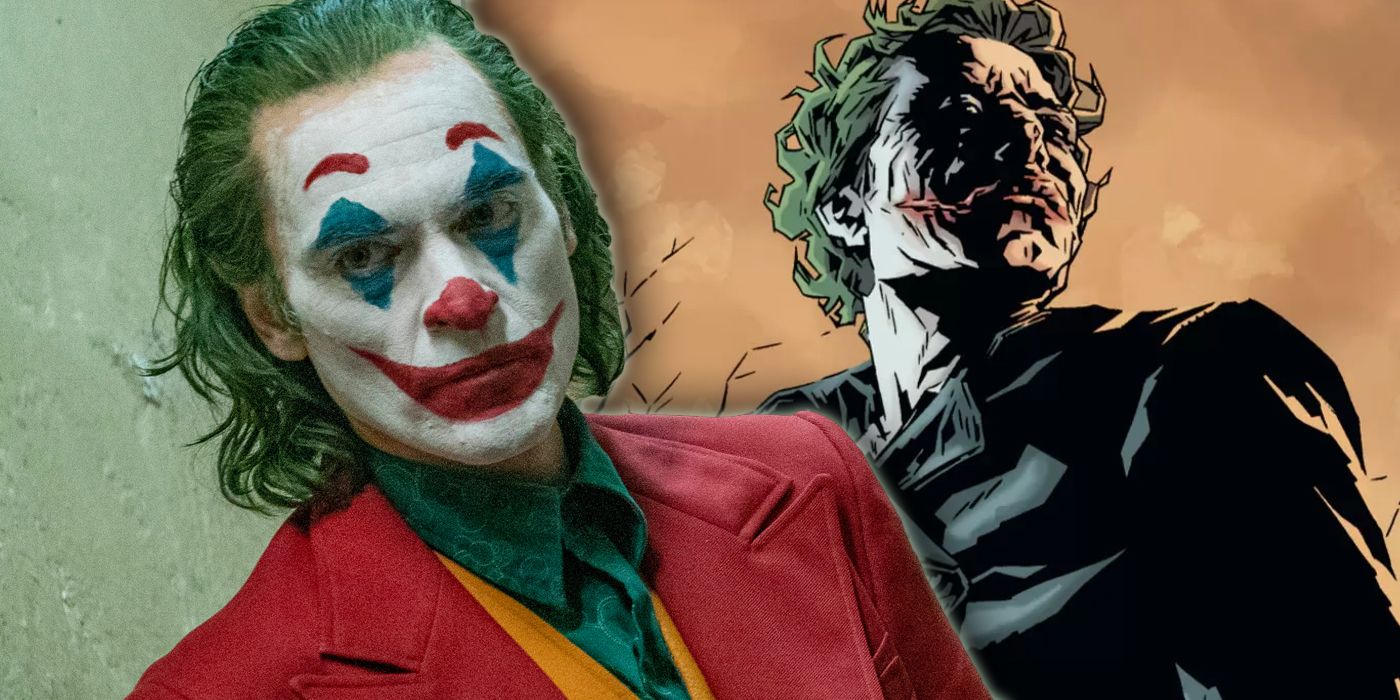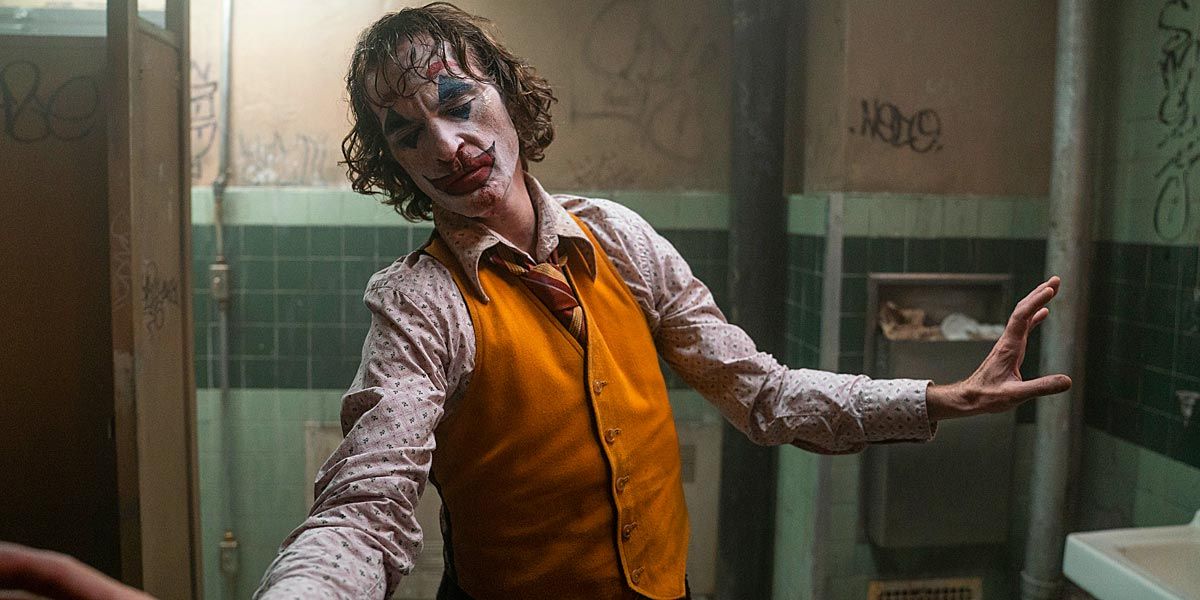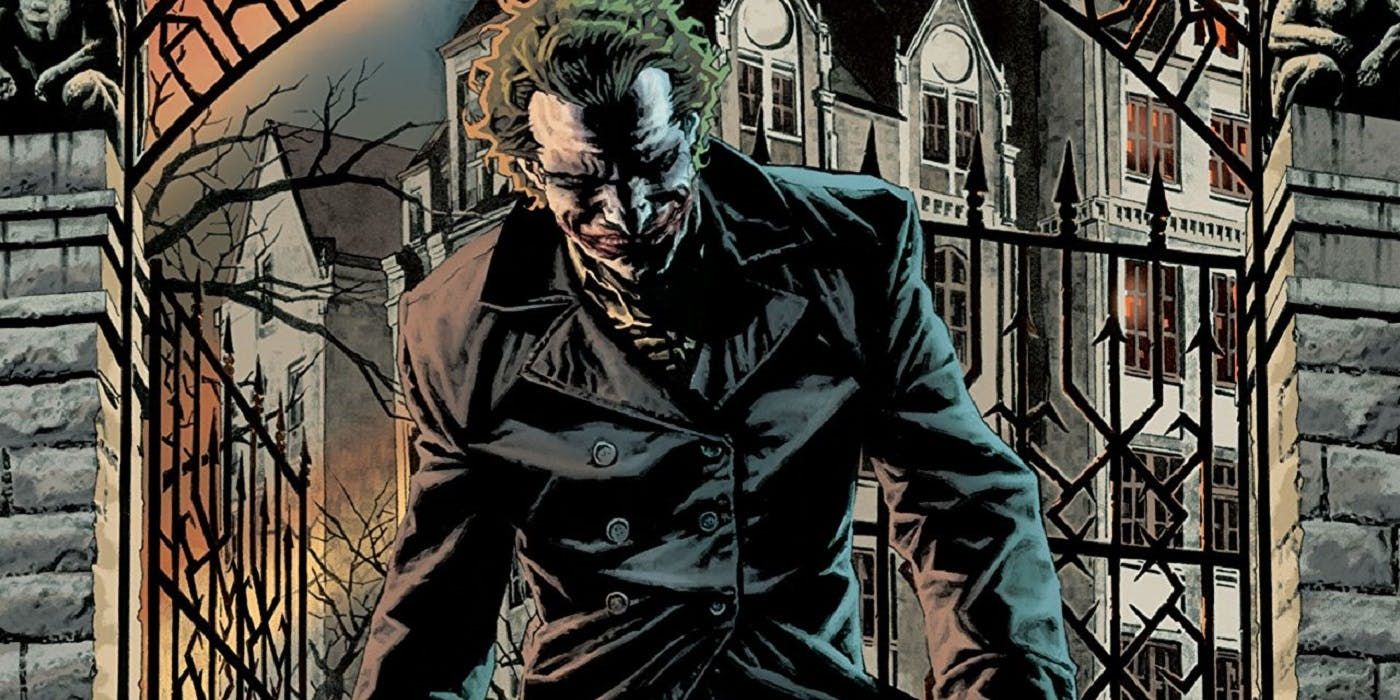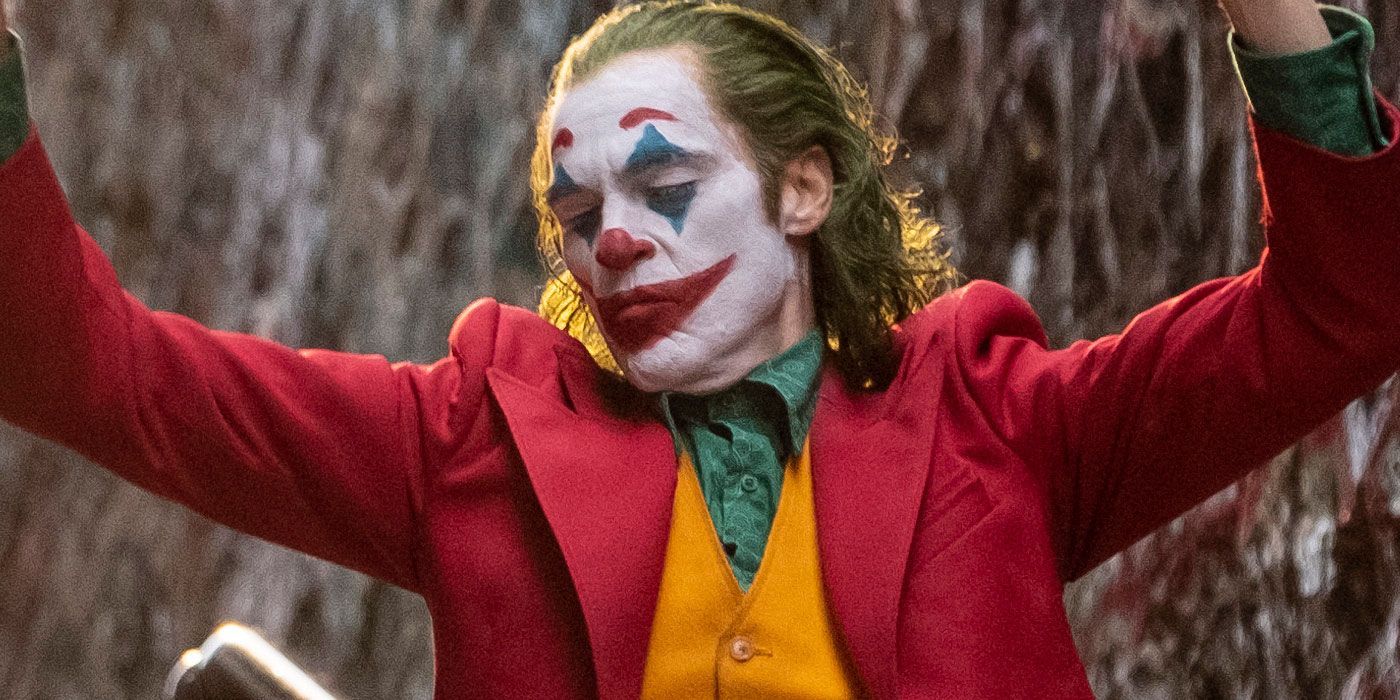WARNING: The following contains spoilers for director Todd Phillips' Joker, in theaters now.
The Joker always leaves a major impression on Gotham City. In every medium, the Joker affects the residents of Gotham in direct and ideological ways. This even becomes a major thematic part of many Joker stories that look at what happens to the people who are inspired or traumatized by the Joker.
While the Gothamites of director Todd Phillips' record-breaking Joker are taken in by the imagery of the freedom these crimes represent, the 2008 graphic novel Joker by Brian Azzarello and Lee Bermejo presents the terrifying and destructive aftermath of trying to be like the Joker. Now, we're taking a closer look at how these two Joker stories lead the people of Gotham to very different conclusions about the Clown Prince of Crime.
How They Match Up
Both of these stories focus on a grittier, grimmer version of Gotham City than is usually portrayed, and considering how crime-infested Gotham usually is, that's really saying something. Both versions of Gotham are harsh places full of people who don't enjoy their lives, where crime and corruption are rampant.
In director Todd Phillips' Joker, this general unrest throughout the city is represented in part by the mentally-troubled Arthur Fleck and the crowds of protestors who are angry with the current state of the city. In Azzarello and Bermejo's Joker, this unrest is personified by a single low-level criminal who has dreams of being something bigger. These trappings give both stories a harsher reality for the Joker to exist in, and for people to see the upside of him.
In both series, the people of Gotham are shown to be taken in by the persona of the Joker. In the film, protests adopt the imagery of the Joker after Fleck kills three Wayne Enterprises employees, with more and more people looking like clowns seeming to pop up all around Gotham with each passing day. They see the imagery of the Joker and, unaware of the reasoning behind the murders, mimic him. They imagine what he did and why he did it, and shape it around their beliefs.
In Azzarello and Bermejo's version, this is limited to Jonny Frost, a low-level criminal who volunteers to be the one to pick up Joker after he's released from Arkham Asylum. :ike Arther Fleck, Jonny sees society as a mean waste that hurts people instead of giving them any chances. But he's also quickly established as a sleaze bag who's been to prison five times and doesn't speak to his children. He's quickly enamored with the Joker his apparent power, much in the same way the population of Gotham is in Joker. But the biggest difference between the two narratives is what happens to the people when they realize what it means to admire someone like the Joker.
The Difference In Meaning
Both stories play with the idea of the world contending with the lessons taught to them by having a Joker in their lives. In Phillips' Joker, the presence of the Joker inspires the worst impulses in the populace. It spurns the city into nefarious action, leading to a full riot that ends up killing people all around Gotham.
People take the wrong lesson from Joker, learning from his murderous actions and deciding they can do just as much as Fleck has done, for no real reason. There's no consequence for this, no indication that the people of Gotham have learned a lesson beyond the power violence can have on Gotham. There's no moral to their experiences. In the end, the city even seems to cheer on Arthur Fleck for his actions, which include murdering an innocent man on live television for the crime of making jokes about him.
That's not the case in Azzarello and Bermejo's Joker. The narrative focuses on Frost and shows him taken in by the imagery of what the Joker does and how powerful he must feel. But his time with the Clown Prince of Crime showcases just how empty and violent the Joker really is.
By the end of the story, Frost no longer admires the Joker or thinks of him as the high-rolling mastermind that he initially believed. His actions happen with no reason or rhyme, which becomes increasingly terrifying for White as he continues to work for Joker. He sees the emptiness of being someone like the madman in front of him. Frost even begins to understand the Joker's ideology, coming to the distressing realization that Joker hates everything, just because. There's no drive or desire or want. Joker just wants to kill for the sake of killing. Frost even dies for his association with the Joker in the long run, taking a bullet to the head from Joker himself and falling off a bridge in despair.
Azzarello and Bermejo's Joker goes out of its way to showcase the terrible consequences that come with being someone like the Joker. It's not something the film approaches, ending with a cheering crowd and Arthur Fleck, happy and dancing in Arkham Asylum. Ultimately, the comic book version of Joker points out the inherent flaw with seeing Joker as an aspirational figure, and the film gets lost in how cool it would seemingly be.
Directed by Todd Phillips, Joker stars Joaquin Phoenix, Robert De Niro, Zazie Beetz, Bill Camp, Frances Conroy, Brett Cullen, Glenn Fleshler, Douglas Hodge, Marc Maron, Josh Pais and Shea Whigham. The film is in theaters now.




